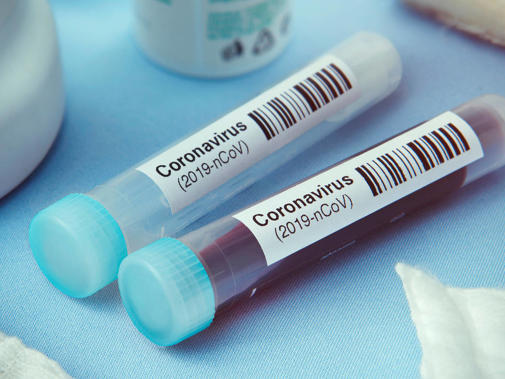Maybe you’ve been off work completely for the past few months, or perhaps you’ve only worked a handful of sessions and are feeling rusty. This could have been planned (eg due to maternity leave), or completely unplanned as you’ve been shielding, or just because you haven’t been able to book much work. This is a basic guide to what has changed from a locum’s perspective.
Firstly, don’t panic! Things are very different, but the basics of consulting are the same. If in doubt, falling back on basic consultation strategies such as ‘Ideas, Concerns and Expectations’ will always serve you well. There are a variety of online learning resources that can help.
All GP settings (practices, out-of-hours, and even walk-in centres) are generally working to some form of remote consultation model as the first point of contact. This is most commonly telephone, but could be video or online consultation (when the patient has submitted written responses to questions). Try to be open to trying new consultation methods and working with the system that the practice or provider has introduced. You will also need to ensure your practice is providing full training on their remote consultation IT and giving you the tools you need to complete this work (eg an nhs.net email address to use AccuRx).
Telephone consulting is very different from telephone triage. The aim with telephone consulting is to manage the patient as you would in a traditional GP consultation, not to defer treatment to another time or another service, which is more commonly used in telephone triage. Most GPs are finding that telephone consulting takes longer than a traditional GP consultation, due to a lack of visual cues, and sometimes technology issues. Be sure to take this into account when you are agreeing terms and conditions. (See our contract guidance and model contracts.)
Visual information is essential at times. This can be achieved through the patient sending a photo (generally better than video for rashes), or a video consultation, or arranging a face-to-face consultation. Technology has been installed into practices to support patients sending photos and video consulting. Face-to-face appointments should be arranged only when you feel this will impact on your management, not to placate demanding patients; always being mindful of the infection risk of any face-to-face interaction.
When seeing patients face-to-face, PPE should always be worn, and this should be provided by the practice. This will consist of a face mask, some form of eye protection, a plastic apron, and gloves. All services have ‘hot’ areas (or external clinics) for seeing patients with possible COVID symptoms, and ‘cold’ areas for patients without COVID symptoms. When arranging a face-to-face appointment, you will need to decide which of these zones the patient should be seen in. You will also need to consider whether you will be happy to see suspected COVID-19 cases ahead of starting your session.
Each room should be cleaned after each patient contact, and it is generally the GP’s own responsibility to clean the room they have just used. The donning and doffing of PPE, its associated communication difficulties and room cleaning mean consultations will take longer than they would pre-COVID, which again should be considered when agreeing your terms and conditions. You should also ensure your terms and conditions should encompass the scenario where a clinician has to self-isolate due to COVID-19.
If you need to arrange an admission to hospital, you will need to have information about the likely COVID risk to assist the hospital in streaming the patient to a ‘hot’ or ‘cold’ zone. This discussion can take significantly longer than previously.
In some areas, hospital outpatient services are still not open to new referrals, and those that are open are experiencing longer waiting times already. Be sure to advise patients of this and safety net for worsening symptoms. You may also find that some investigations are still not available either.
Finally, working from home has become much more common. You may find that you are the only GP in the building. Consider if you are happy to help out with queries from the staff, particularly from the nursing team who may have patients physically with them in the building at the time of that query.
All of these new innovations rely on you understanding the setup within the practice or service. Be sure to allow plenty of time for an induction. Make sure all the technology you need is installed, and that you understand how to use it. Know how the building is configured (‘hot’ and ‘cold’ zones), how the patients will move through the building, and where to find PPE and cleaning materials.
A risk assessment should be performed by your practice but, as a locum GP, you should consider your risk profile in advance and whether this would require any changes to your proposed working pattern.
Feeling anxious about a return to work is normal, particularly when there have been so many changes. If you feel you need more support, BMA wellbeing services can provide this, or you can contact the sessional GPs committee for advice: [email protected].
Rachel McMahon is a representative on the BMA sessional GPs committee

